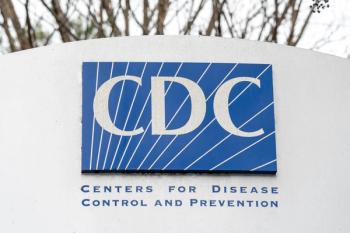
Are some children more likely to have pica?
Pica can be a life-threatening condition. An investigation examines whether children with autism spectrum disorder and other developmental disorders are at greater risk of having it.
Case reports have shown that some children with either intellectual disability or autism spectrum have pica. However, there has been little study on how prevalent pica is in this population. An i
The researchers used a sample from the Study to Explore Early Development, which is a multisite case-control study. The sample included children with autism spectrum disorder (n = 1426), children with other types of developmental disabilities (n = 1735), and general population-based controls (n = 1578). The autism spectrum disorder group was further divided by whether the child had an intellectual disability; the other developmental disorder group was divided by whether the child had an intellectual disability or some autism spectrum disorder characteristics. Questionnaires and assessments were used to define study groups, subgroups, and pica.
They found that the prevalence of pica among the population control participants was 3.5% and much higher in the other groups, occurring in 23.3% of children with autism spectrum disorder and 8.4% in the children with other developmental disorders. Additionally, the prevalence of pica was also increased in most of the subgroups:
- Autism spectrum disorder with intellectual disability (28.1%)
- Autism spectrum disorder without intellectual disability (14.0%)
- Other developmental disability with intellectual disability (9.7%)
- Other developmental disability with autism spectrum disorder characteristics (12.0%)
- Other developmental disability with both intellectual disability and autism spectrum disorder characteristics (26.3%)
The researchers noted, however, that pica prevalence was not higher in children who had a developmental disability but did not have an intellectual disability or autism spectrum disorder characteristics. The difference in prevalence remained even after adjusting (adjusted prevalence ratio range 1.9–8.0, all P <.05).
Reference
1. Fields V, Soke G, Reynolds A, et al. Pica, autism, and other disabilities. Pediatrics. January 6, 2021. Epub ahead of print. doi:10.1542/peds.2020-0462
Newsletter
Access practical, evidence-based guidance to support better care for our youngest patients. Join our email list for the latest clinical updates.







